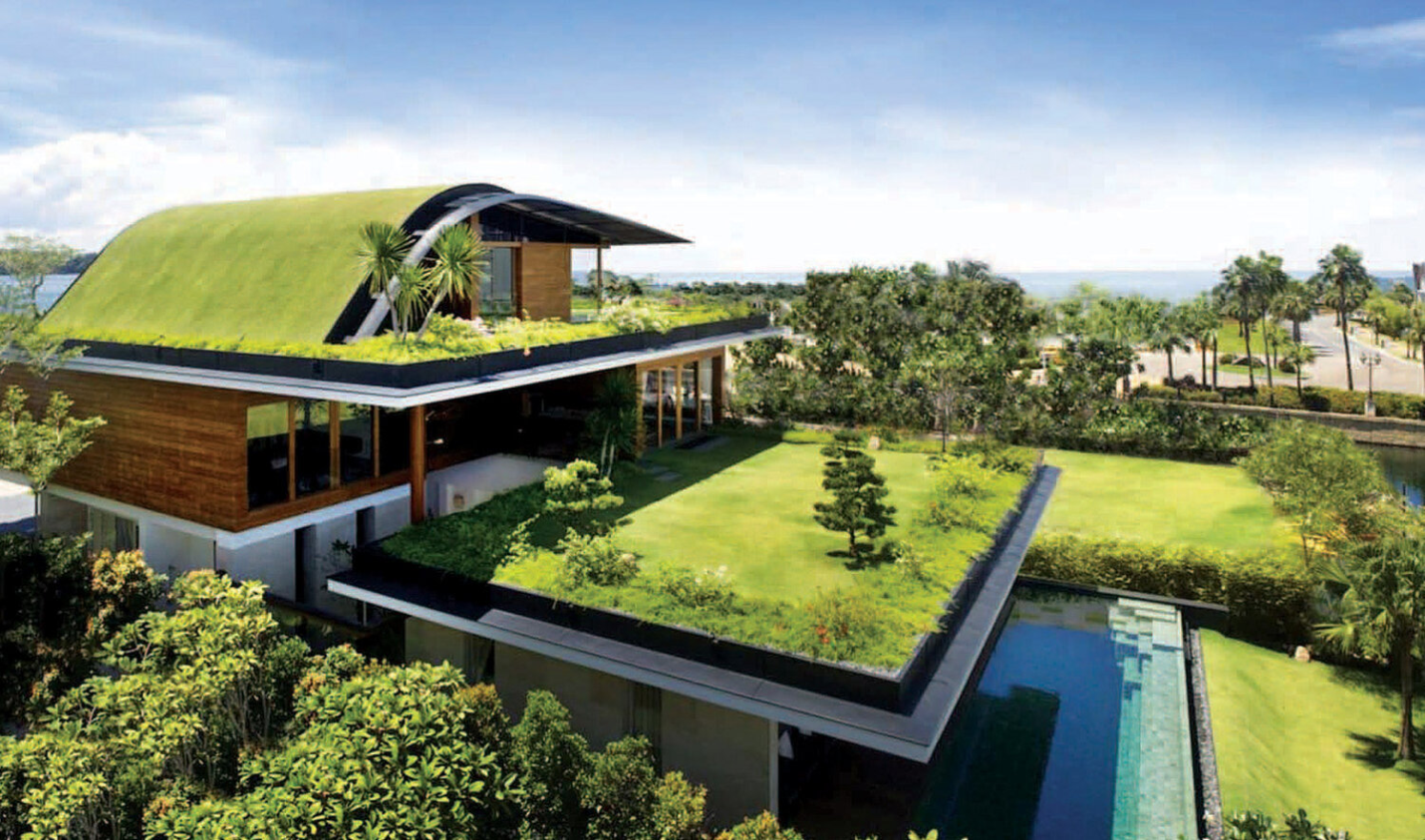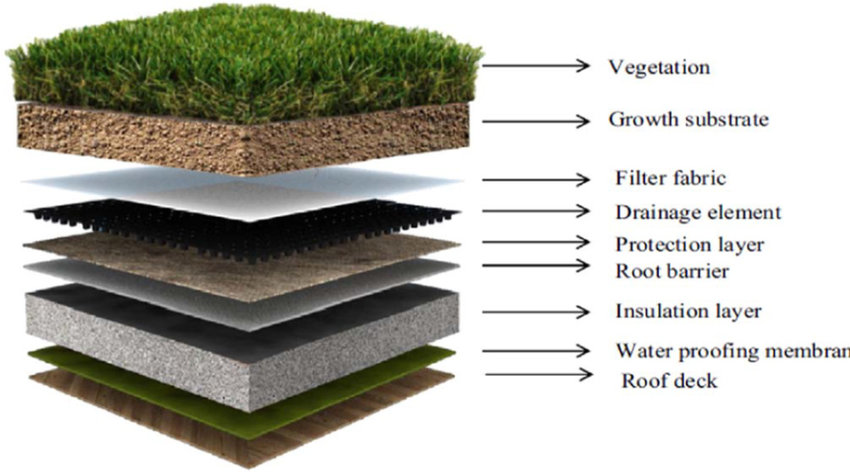Free Courses Sale ends Soon, Get It Now


Free Courses Sale ends Soon, Get It Now



Copyright infringement not intended
Picture Courtesy: https://cgbg.org/blog/whatisagreenroof
Context: A recent study investigated the potential of enhancing green roof soil with native mycorrhizal fungi to improve their long-term sustainability.
Green Roofs

Importance of Mycorrhizal Fungi
Study Findings
Implications
|
These implications underscore the potential benefits of proactive soil management, sustainable practices, and the role of urban environments in addressing climate change challenges through solutions like green roofs. |
Conclusion
|
PRACTICE QUESTION Q. How can urban forestry initiatives be designed to ensure equitable distribution of environmental and social benefits across diverse communities, considering potential challenges like gentrification and unequal access to green spaces? |
© 2024 iasgyan. All right reserved